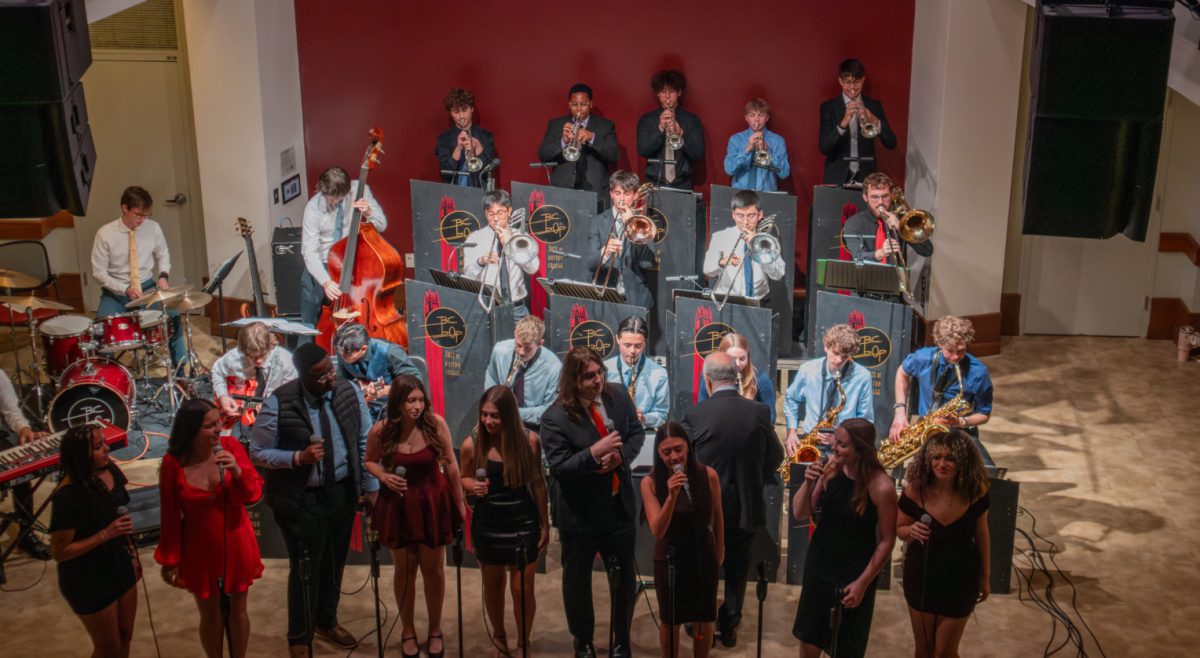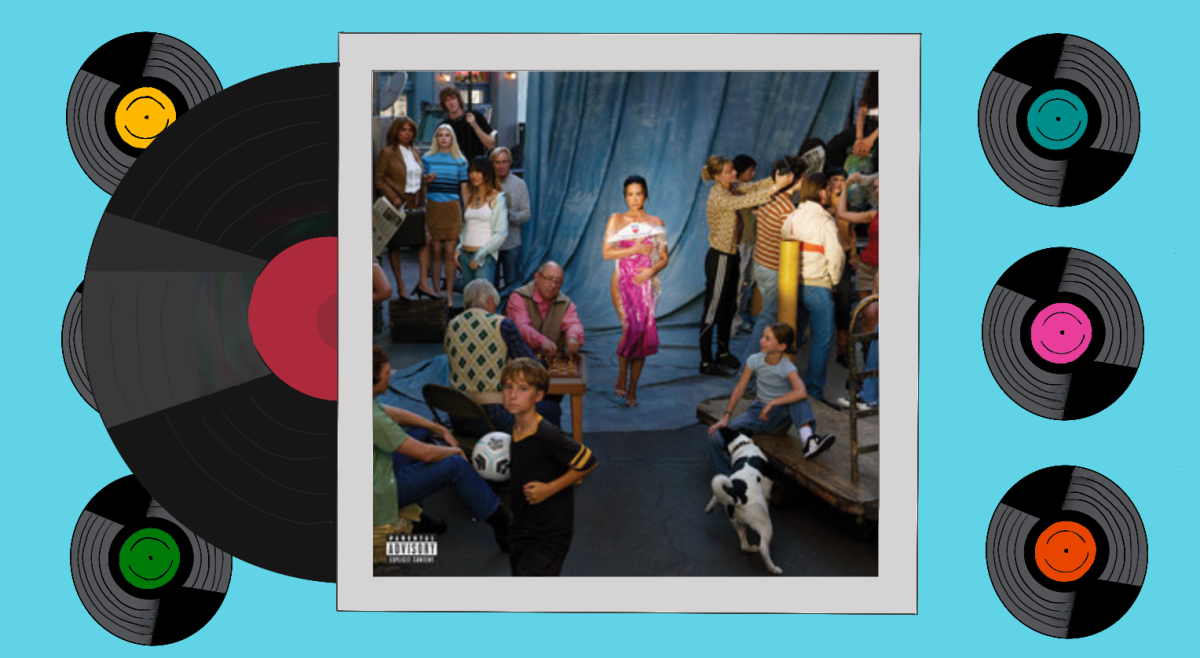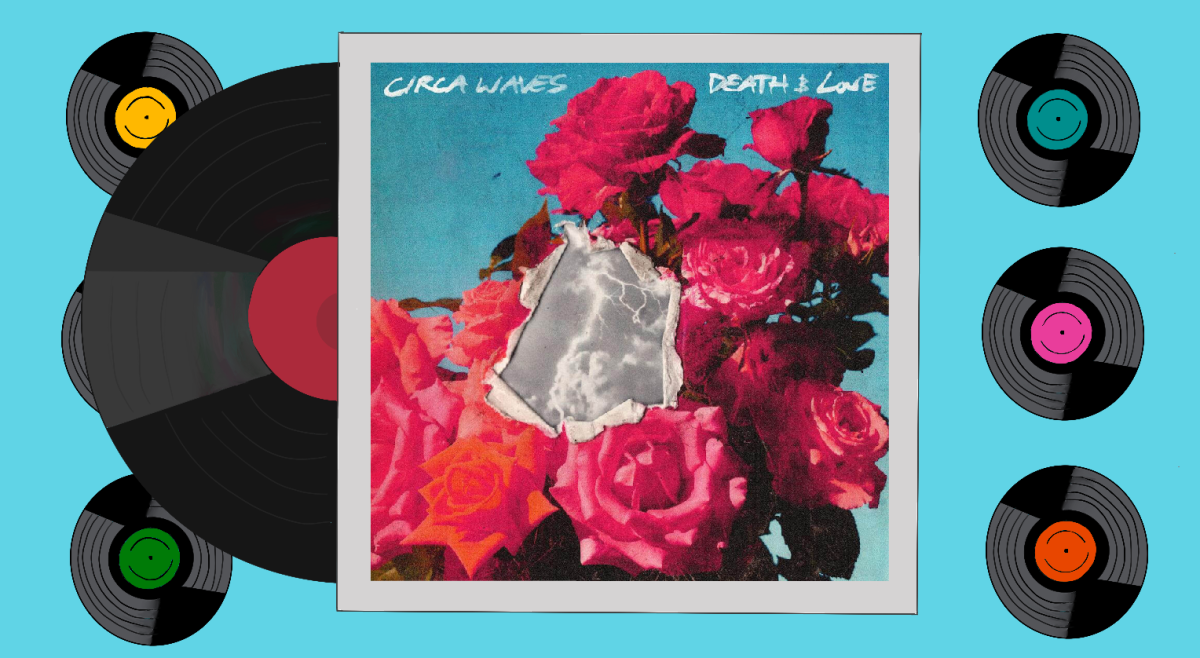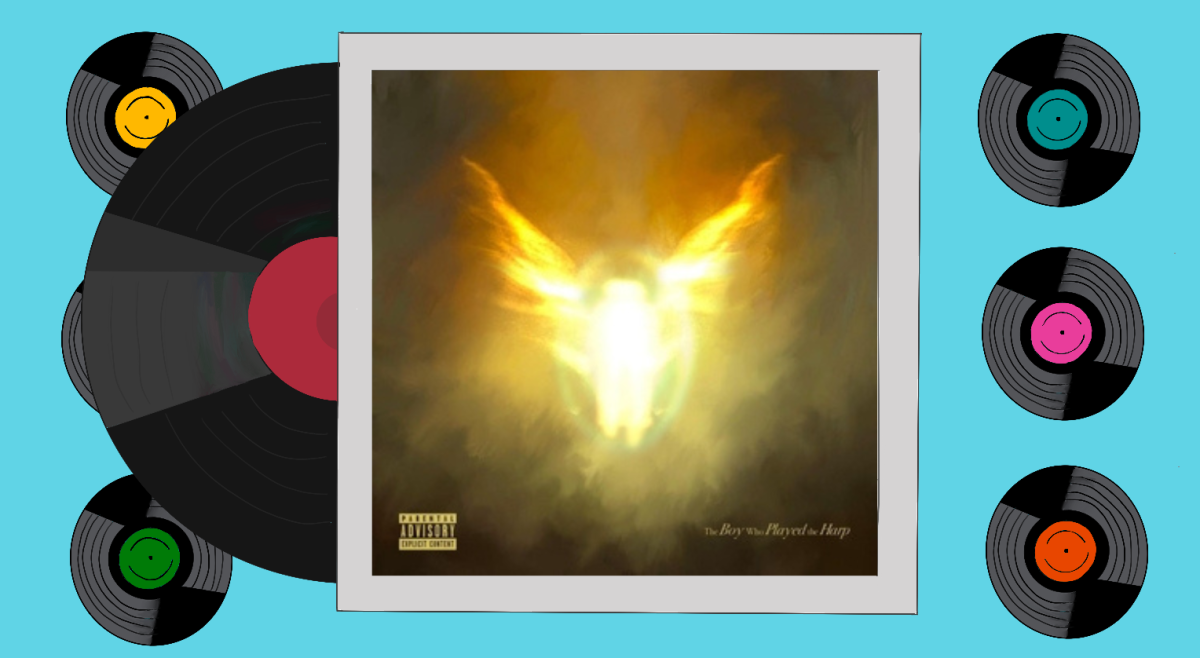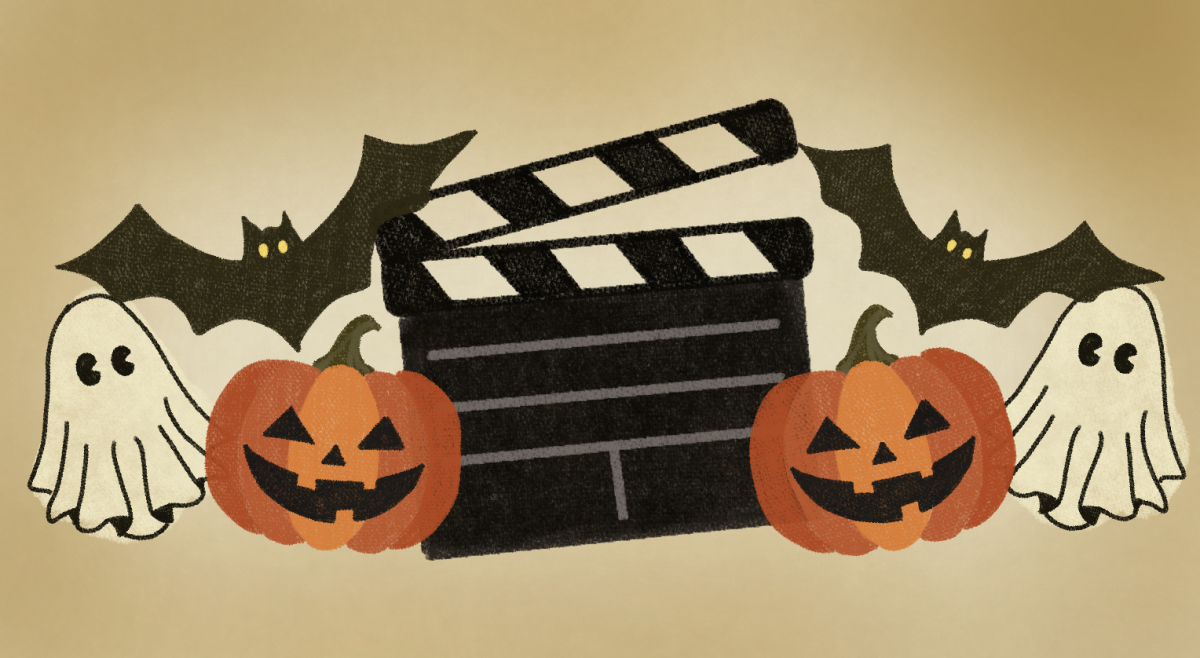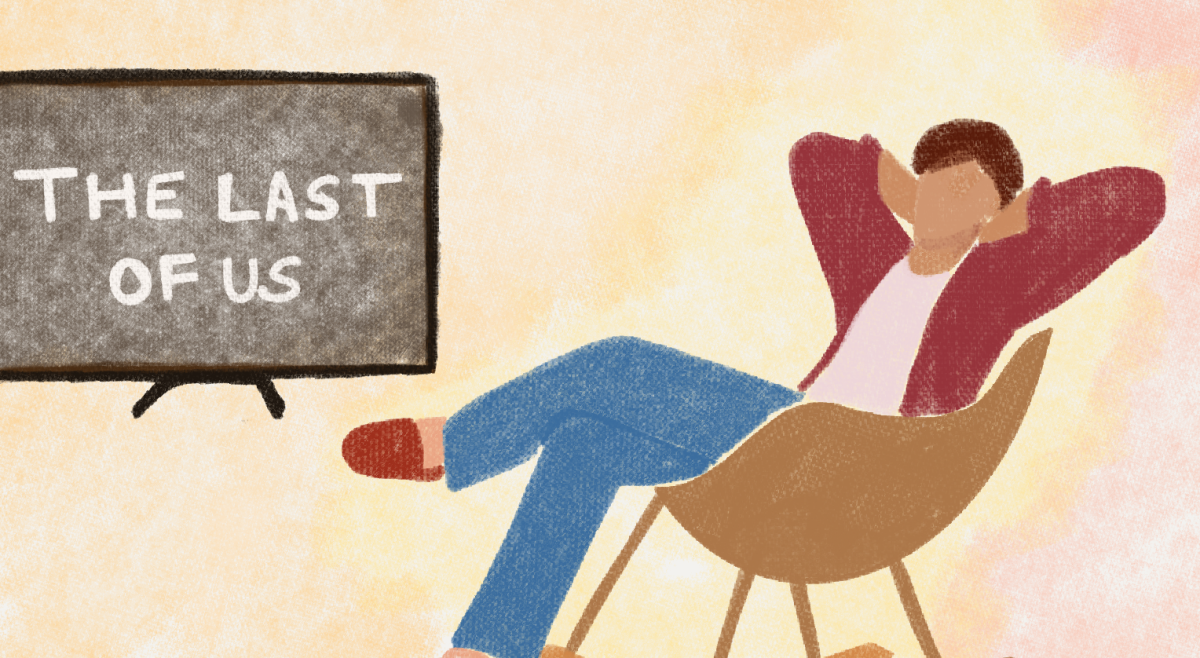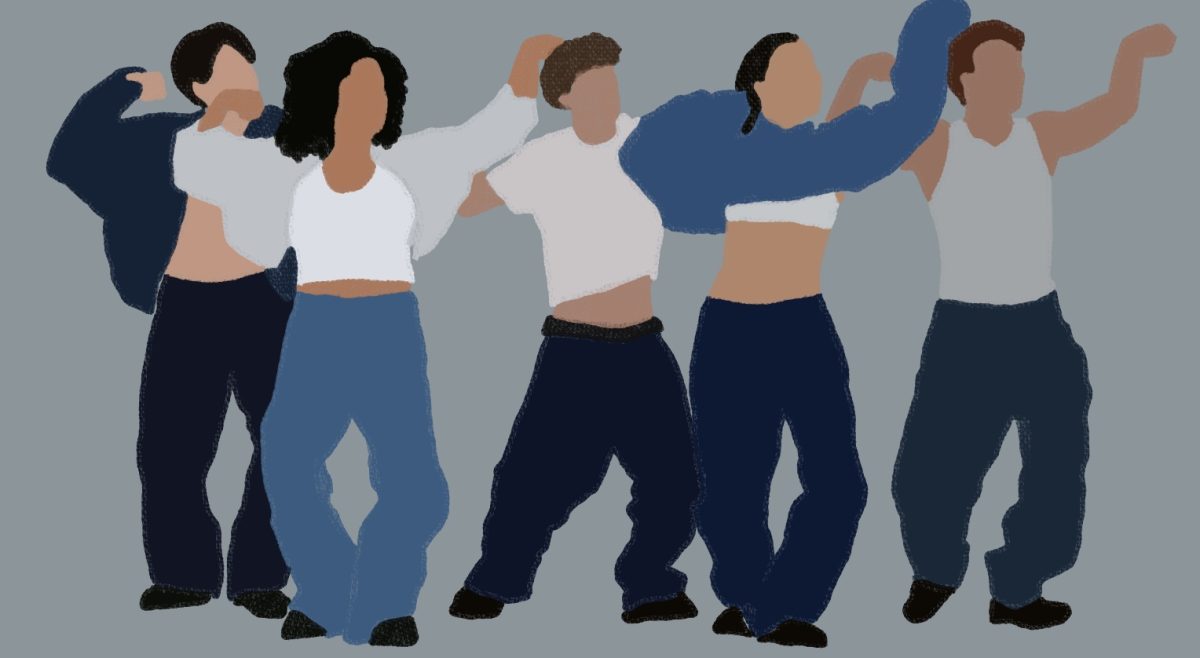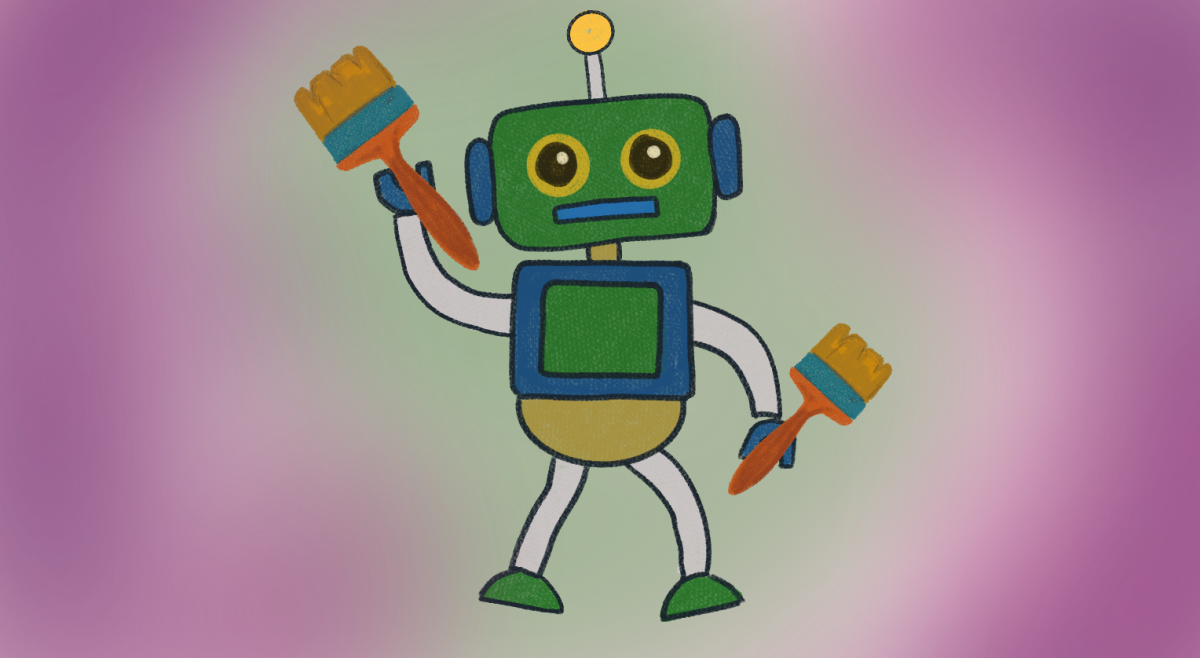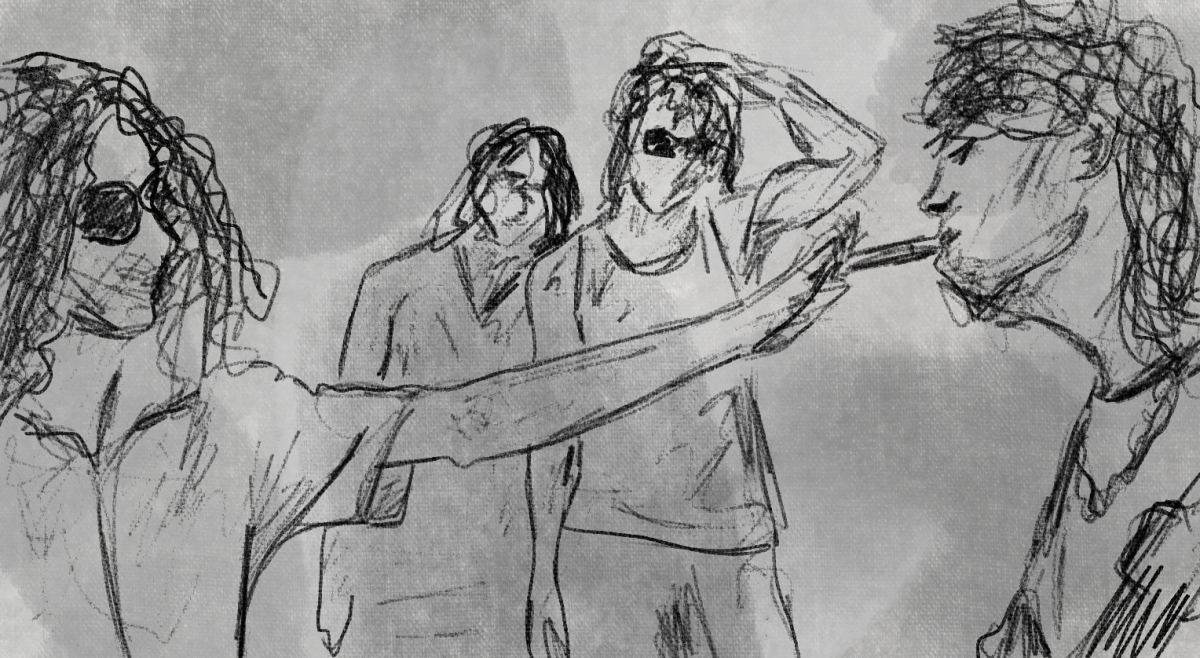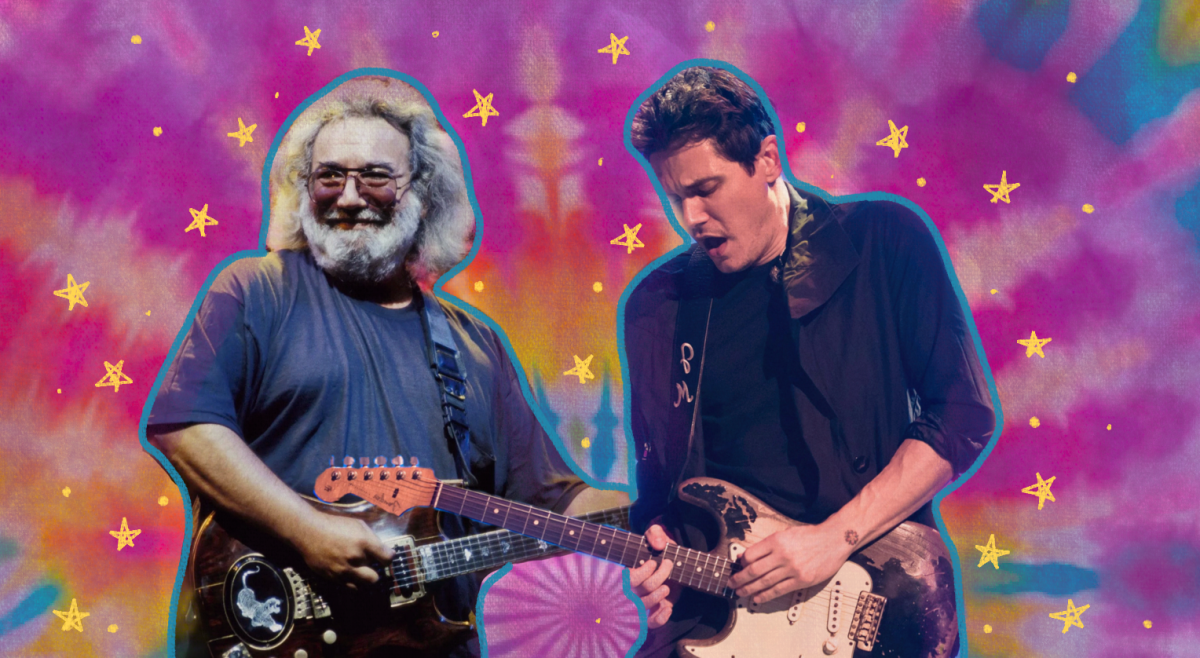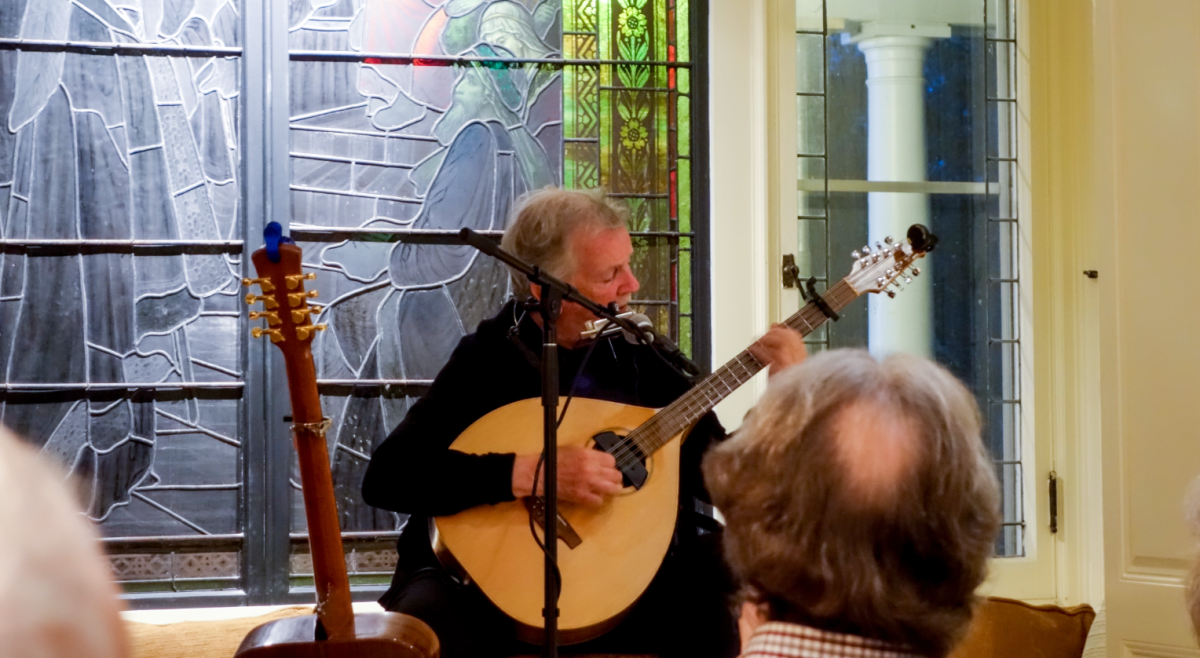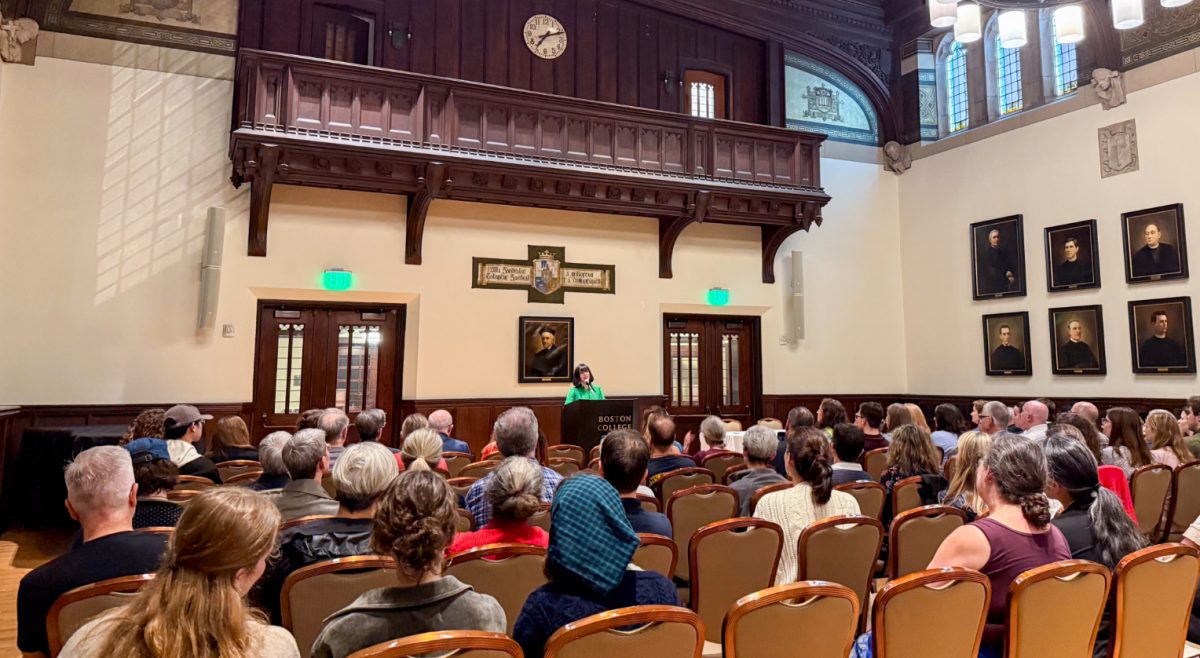1.8 billion pictures get shared through the Internet each day—and this number is only growing. Has the ‘media revolution’ trapped us in the unreal?
The revolution will not be televised, but there are plenty of other places you can find it. A rising class of amateur photographers, videographers, snaptographers, twitterographers—okay, namely people with phones—have challenged much of what we know to be Boston College. New technology redefines how we walk to class, how we run around the reservoir, how we travel into the city. It’s overturning the way we spend our weekends, how we eat our meals, how we interact with our neighbors’ dogs, and yeah, whatever else it is we do all day. I don’t particularly care at this point.
The revolution is upon us, and it’s overwhelmingly boring.
Approximately 1.8 billion images are shared over the Internet each day, according to a 2014 KPCB report. Ask the Internet how many of those images we interact with each day, and no one can really figure out the right number. Available studies report the figure to be around 500 to 20,000 (I guess it really depends on who you sample here), with the most repeated number being 5,000. While this is the number most often published, the trouble with demanding any semblance of exactitude with such projections is that they’re building a new ballpark every year.
Two decades ago, the Internet was barely public, with computers at the time not even equipped to handle the quality of imaging you can get from a smartphone now. This massive proliferation of images—and the networks of people that create them—is one of the most impressive technological advances in human history.
Ehh.
According to the aforementioned (potentially reckless, and by no means precise) projections, we can consume more images in a day than we do calories, and there’s nothing special about it. If a picture was actually worth a thousand words, we’d be the most literate generation ever to exist, but we’re not. For most of the problems in the world, photos are increasingly useless. One Google search away from whatever reality you want to see, it’s hard to be moved by much.
Have movies improved? I check rottentomatoes.com—doesn’t especially look like it. How about photography itself? I think for a second, look around the room, observe well over a hundred examples of images around me. I am not especially sure how you would judge quality, however, and resolve that it’s rather the quantity that demonstrably improved.
The more I think about it, the hungrier I become. I get up and pick up a snack, sit back down, and mentally prepare myself to figure out what the people want to hear about the media revolution. I scroll through Facebook, checking what my friends are up to—wondering what I’m going to tell them about the meaning of all this. I am ready to enlighten them about the world they live in, explaining precisely why they think the way they think, why they live by photos, why they can’t escape this media culture.
Then, I start thinking maybe it doesn’t mean much at all.
The “media revolution”—as I somewhat ingenuously declared it before—is best characterized by a feeling of indifference, a belief our lives might be changing, but not all too much. It’s something that perhaps was a bit shocking to Grandma at first—but then she got a Facebook account, and across all generations, it feels virtually normal now.
It happened, it is, and it will be for some time. As far as I’m concerned, we’re about ready to move past it. The next big thing need not be another social network, goofy fisheye camera, or smartphone app. We’re about tapped out when it comes to constructive uses of “new media,” and would be best to acknowledge new media is old media. Despite however much our generation has allegedly advanced because of the Internet, we still haven’t fixed the social issues present in the mid ’90s—we’ve simply spent 20 years avoiding them.
The ballpark’s moving every year. We can consume more images in a day than calories. A rising class of amateur photographers, videographers, snaptographers, twitterographers—okay, I’m over it.
Featured Image by John Wiley / Heights Photo Illustration


